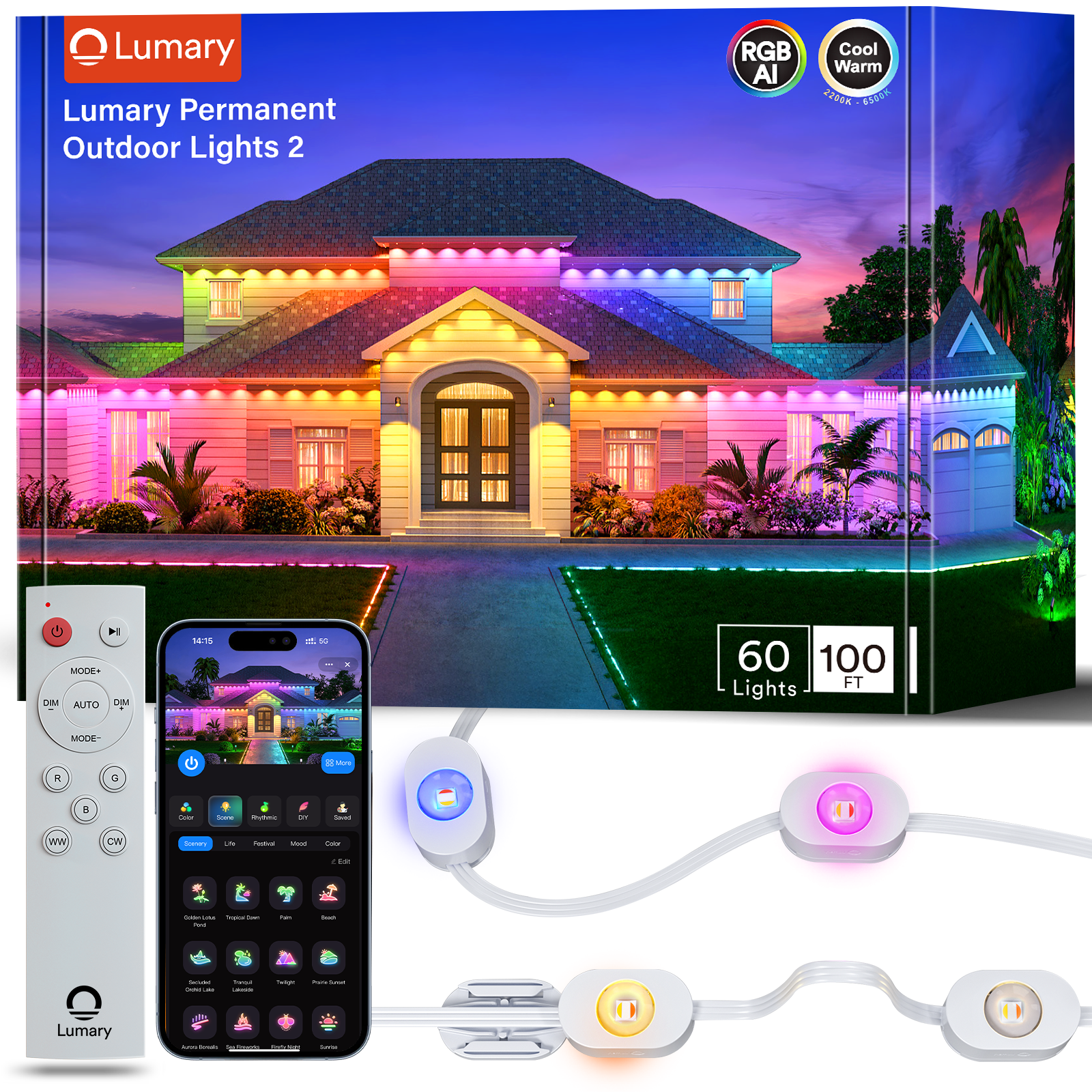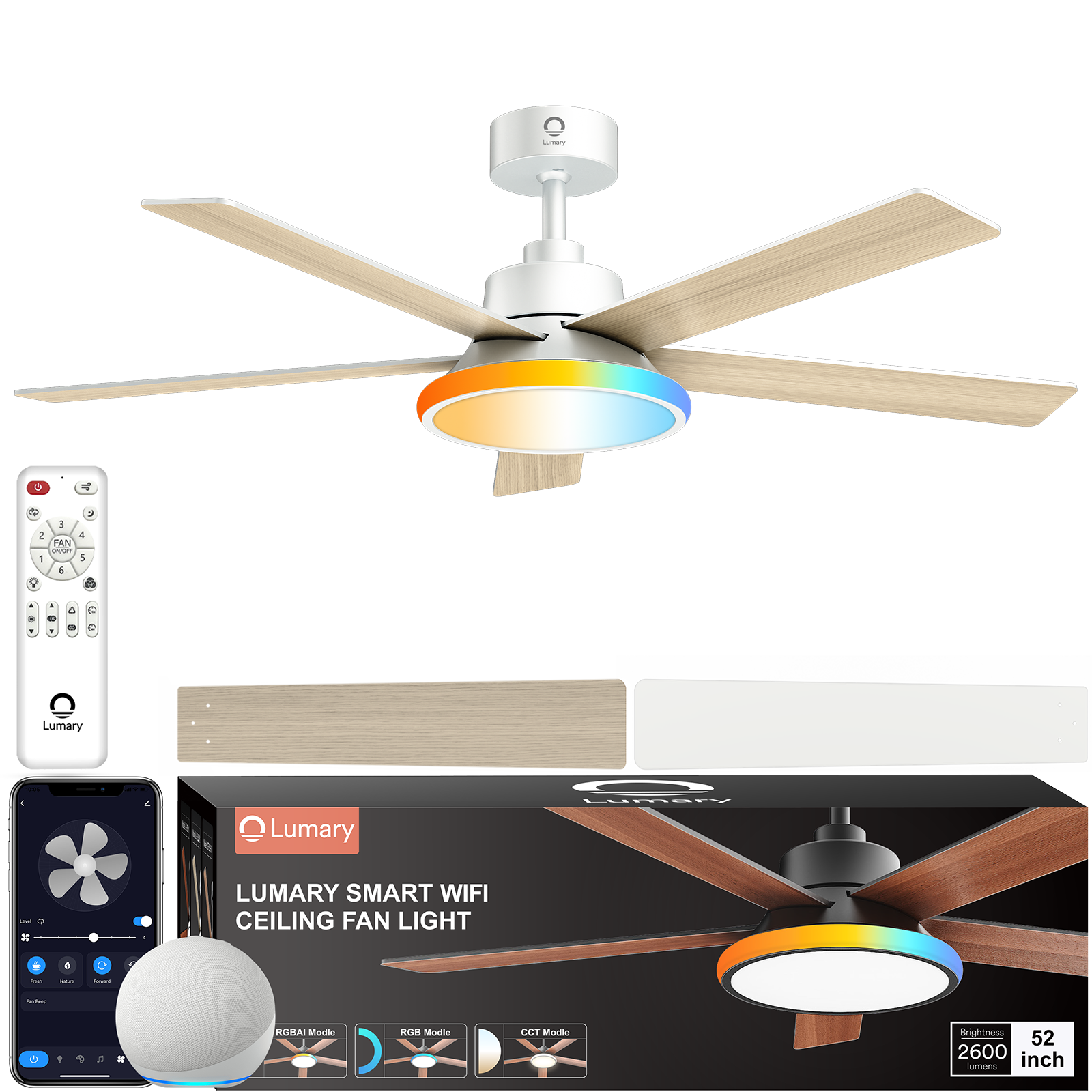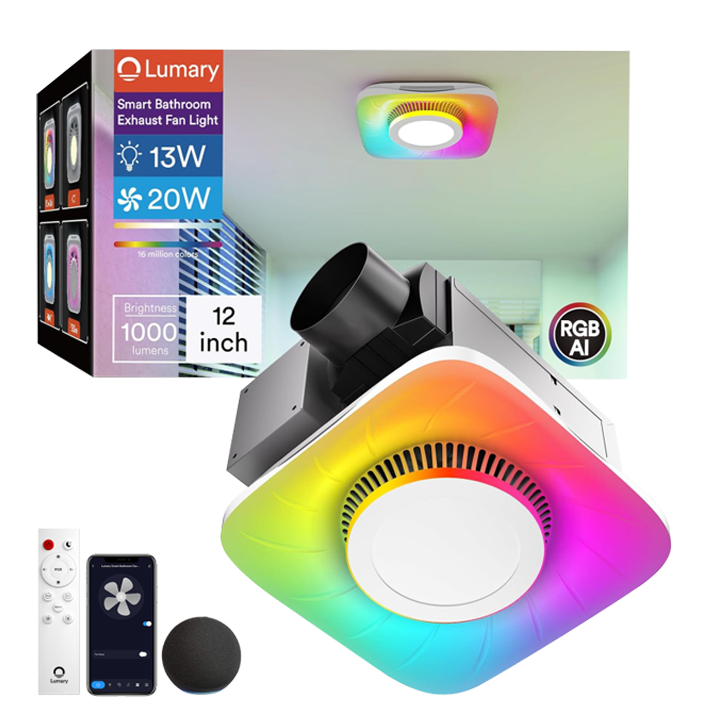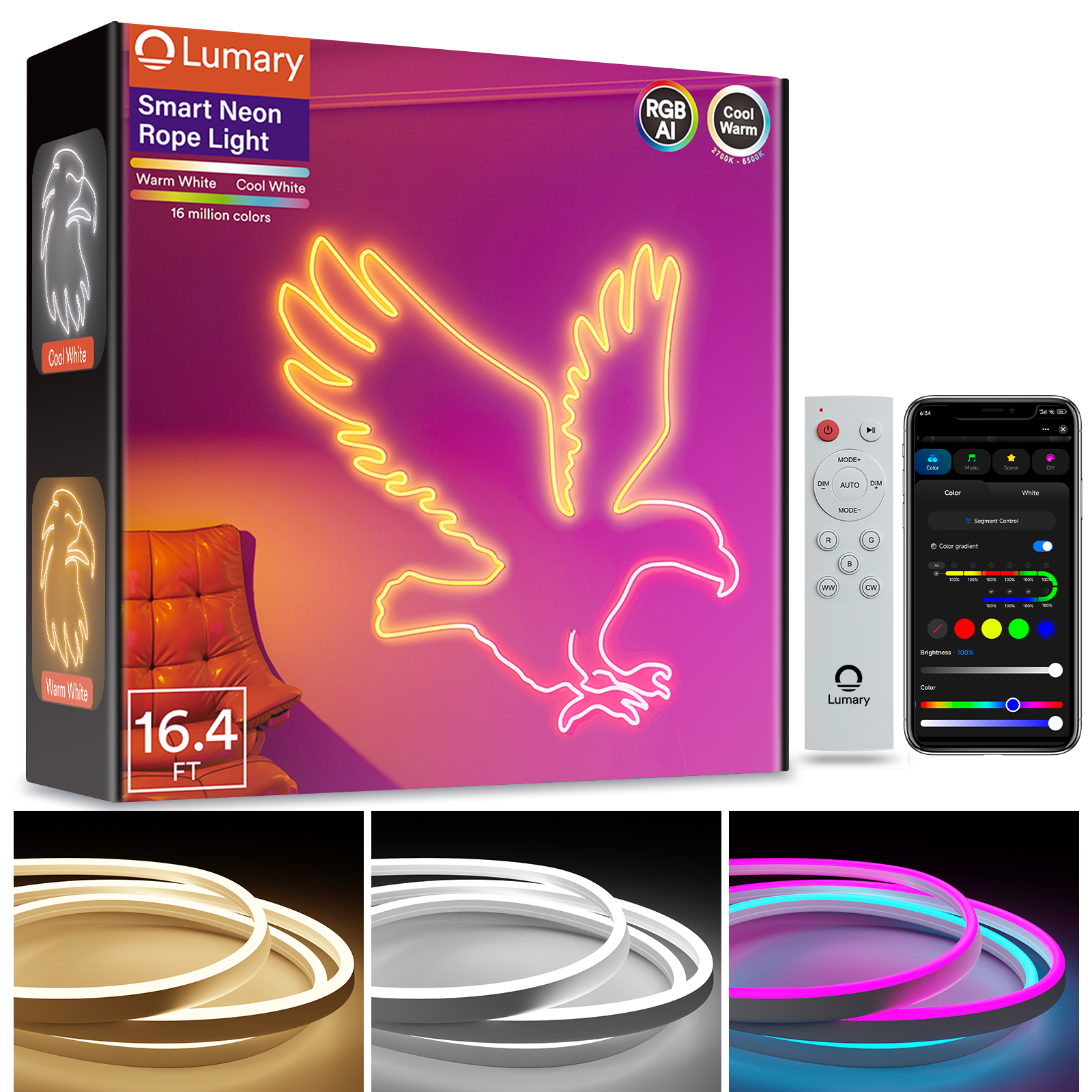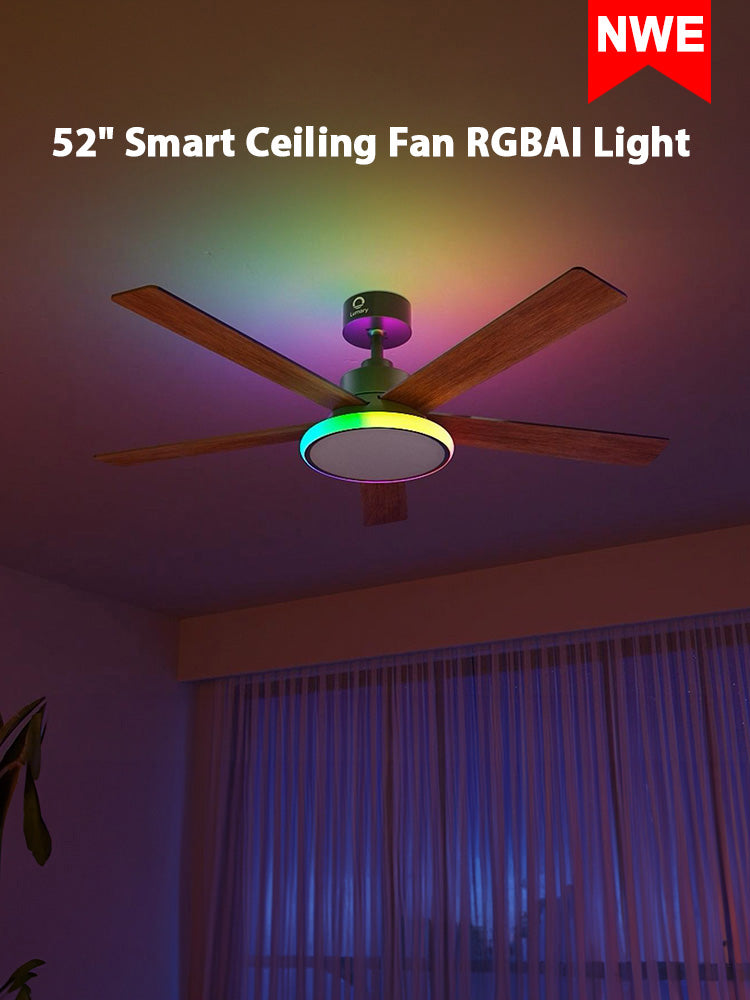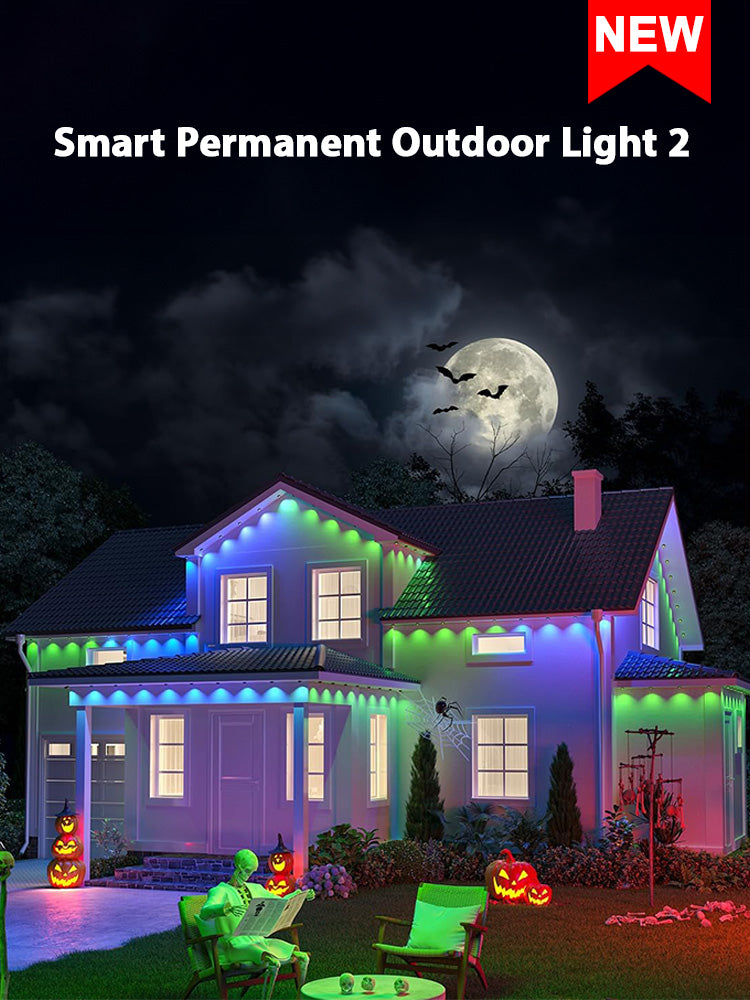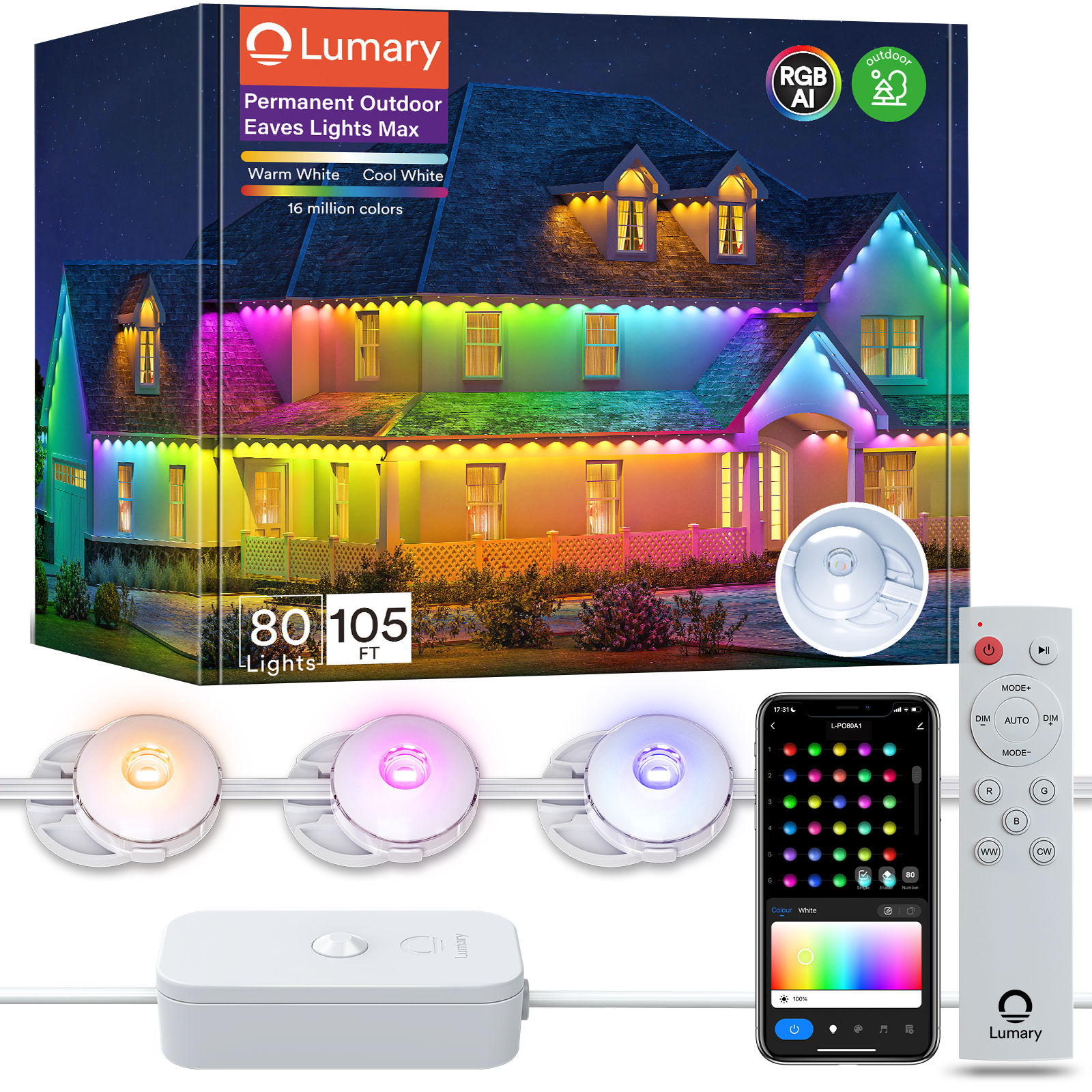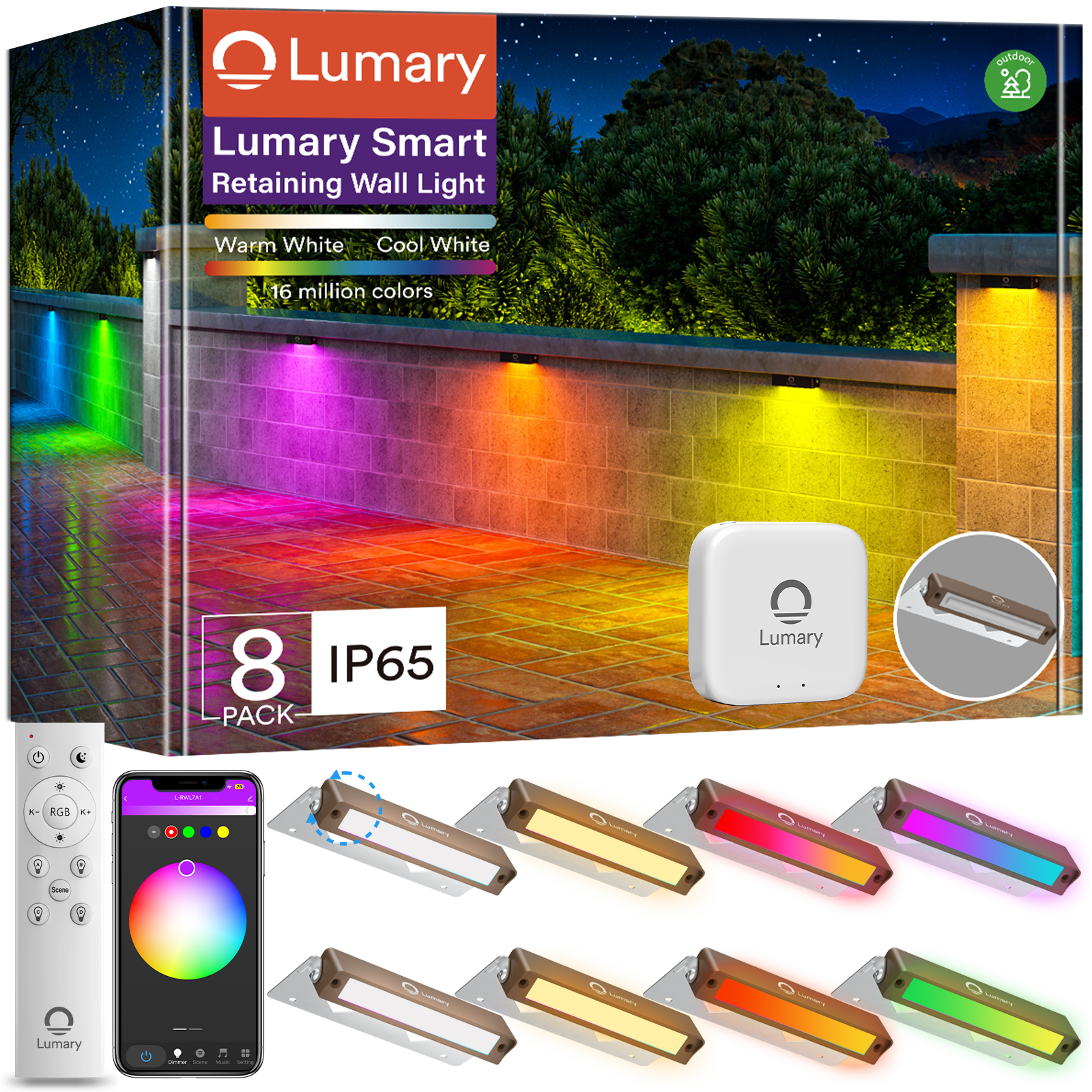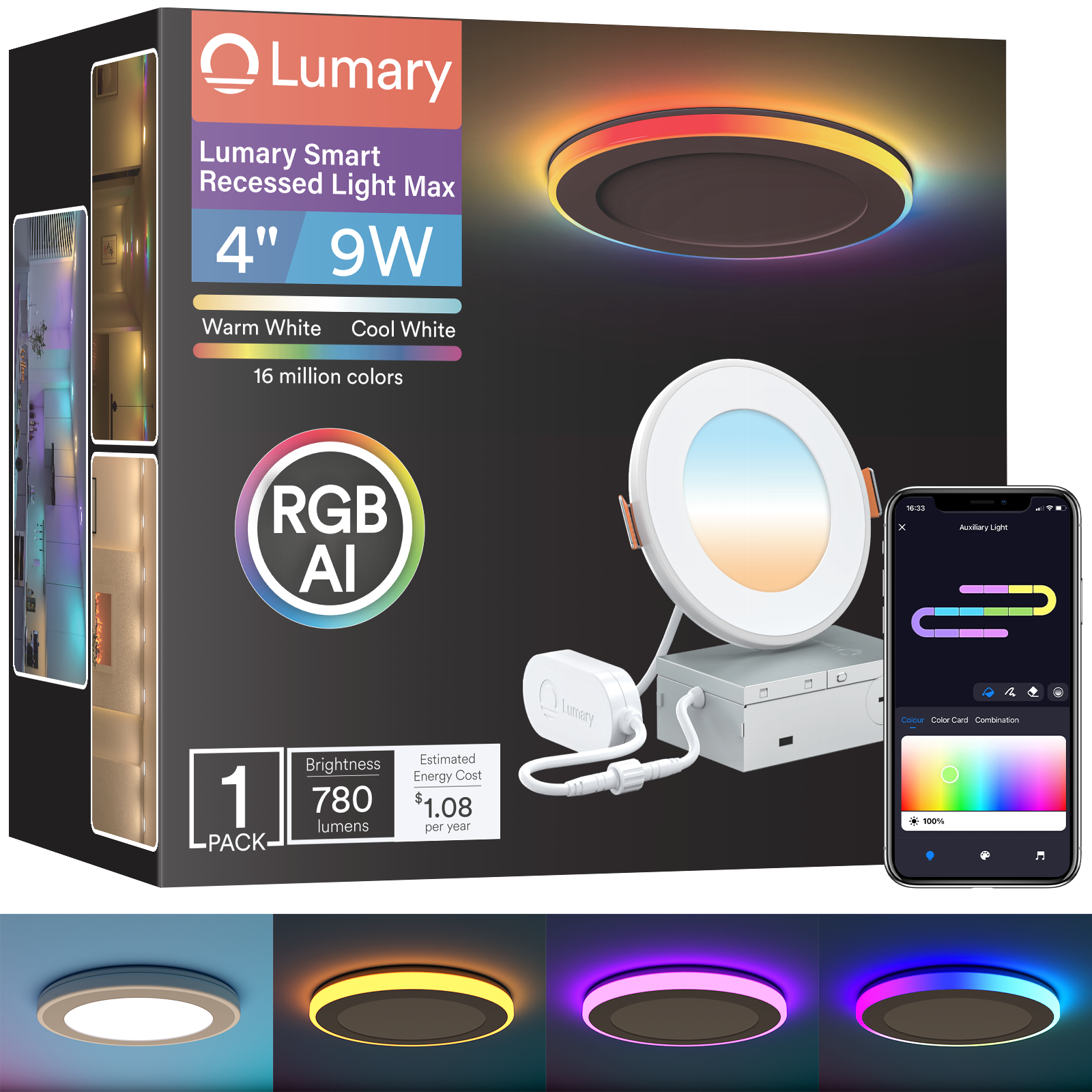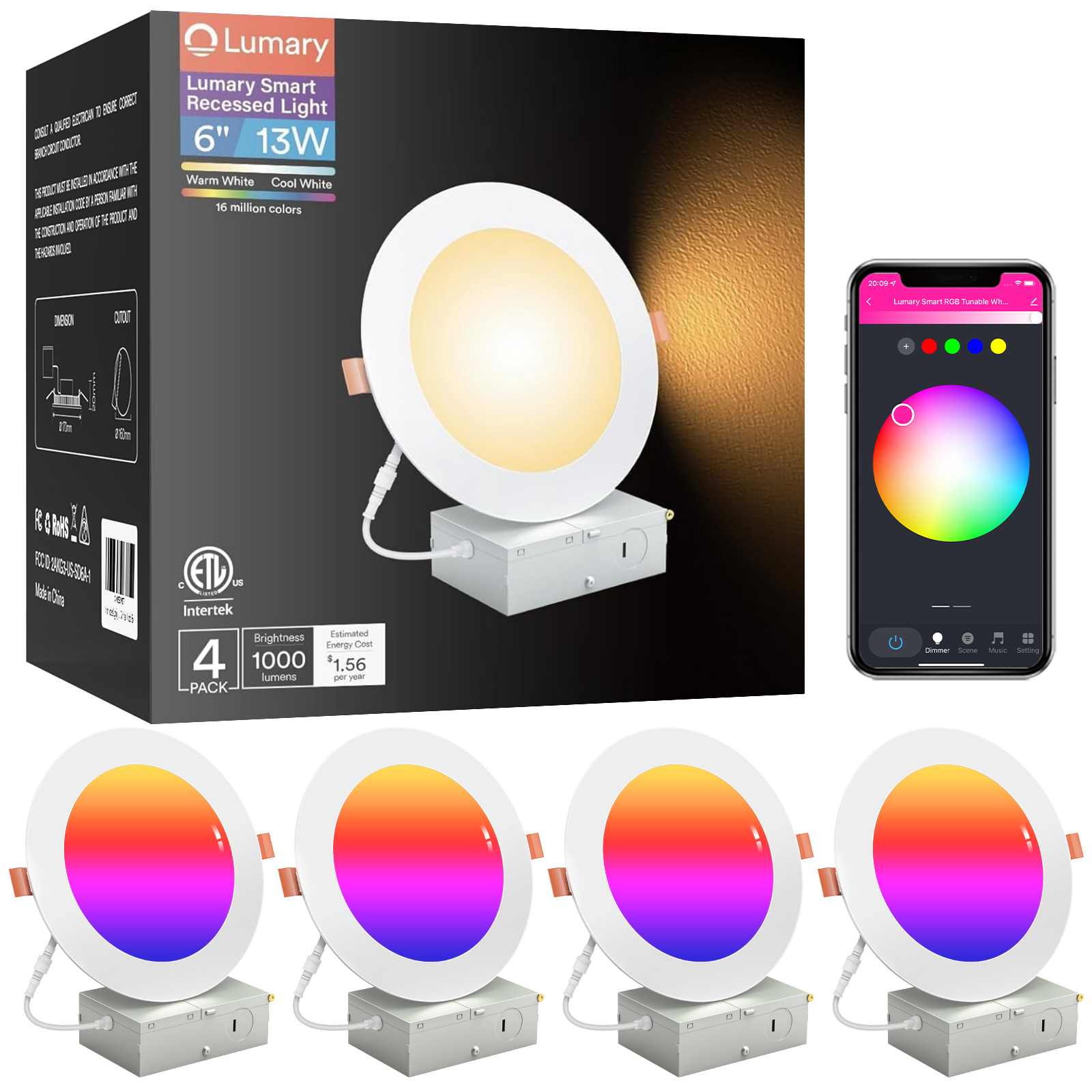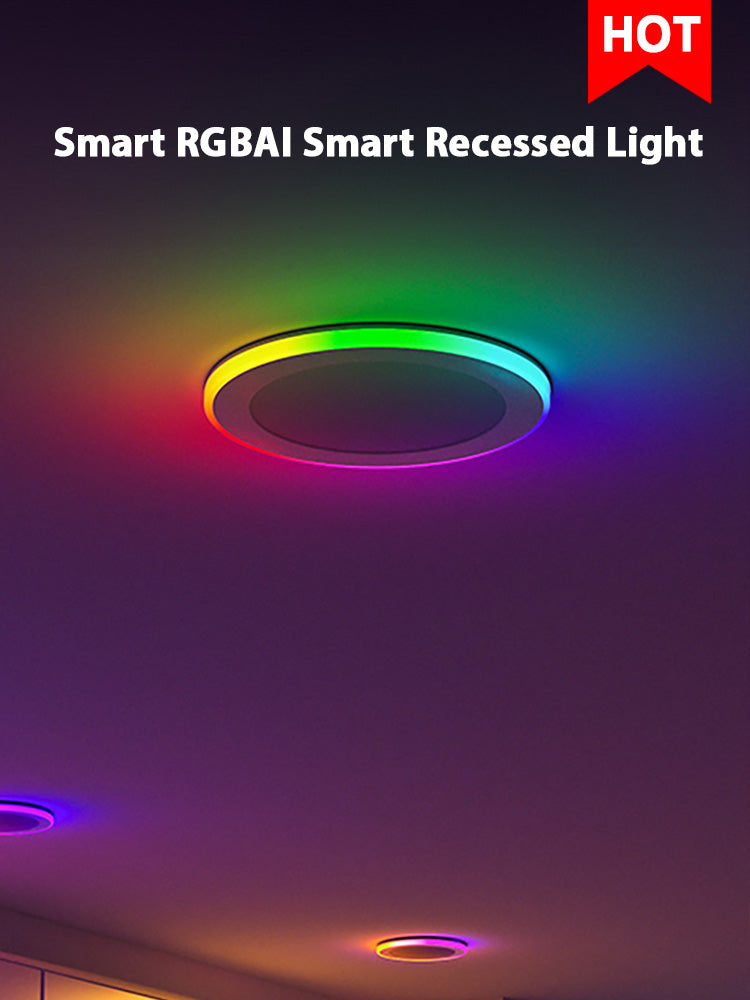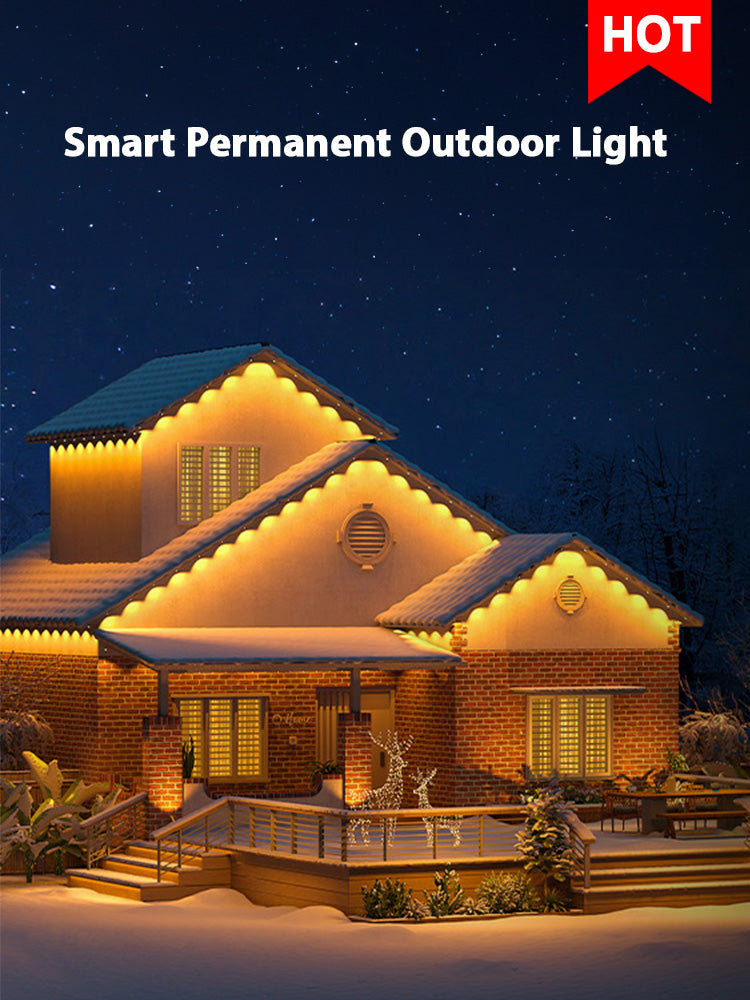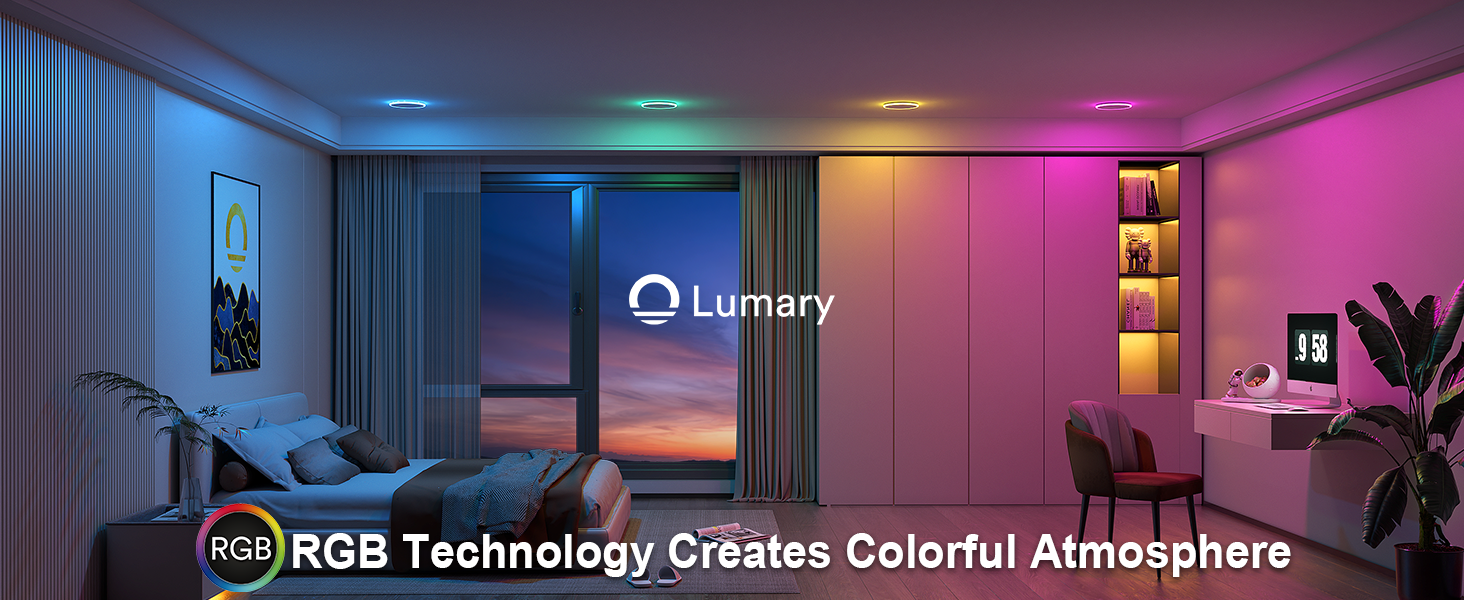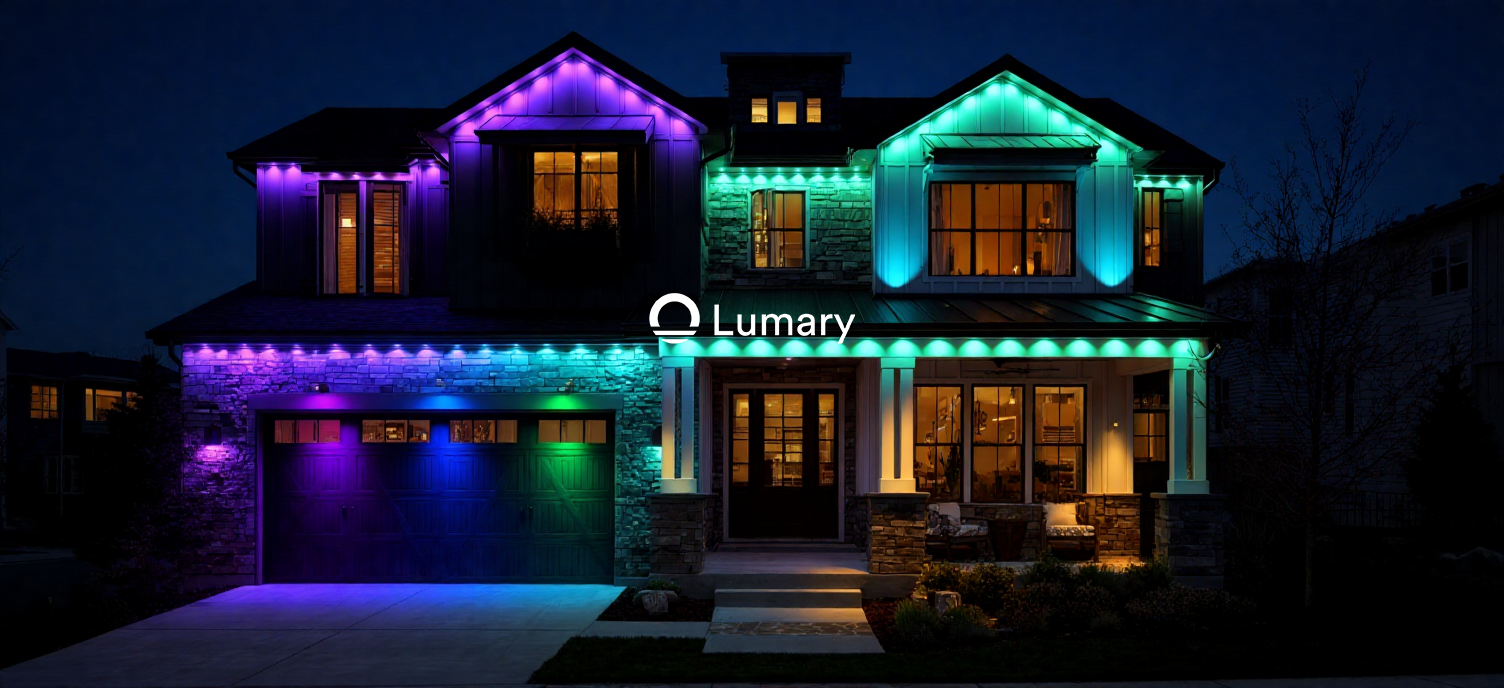Imagine you want to give your living room a fresh look or brighten up your kitchen with new lighting. When you shop for recessed light bulbs, you might wonder about the right size, fit, or how the color of the light will change your space. Many people make mistakes like picking the wrong LED, ignoring dimming options, or not thinking about how light spreads across the room. You also might have questions about how long the bulbs last, what safety standards to check, or how brightness affects your design.

Key Takeaways
-
Know what kind of ceiling you have before you buy recessed lights. Open ceilings let you put lights in more places. Finished ceilings give you fewer choices for where to put lights.
-
Pick the right bulb size and type for your room. BR30 and PAR20 are common sizes. Each one works best for different lighting needs.
-
Think about wattage and color temperature. Warmer colors make a room feel cozy. Cooler colors work better in places like kitchens where you need to see well.
-
Try to find energy-saving bulbs like LED bulbs. They help you save money on your energy bills. They also last longer than regular bulbs.
-
Make a careful plan for your budget. The cost to install lights can be very different. Get price quotes and remember to think about extra costs like repairs.

Recessed Lighting Installation
New Construction vs. Remodel
You need to know your project type before you start. New construction housings work best with open ceilings. You use them during building or big renovations. Remodel housings fit into ceilings that are already finished. They are good for upgrades in rooms you use now.
Here is a table to help you compare both choices:
|
Feature |
Remodel Housings |
New Construction Housings |
|---|---|---|
|
Installation Context |
Put into homes that already have ceilings |
Used before ceiling drywall is put up |
|
Support Mechanism |
Held by metal clips touching the ceiling |
Fastened to ceiling joists for strong support |
|
Accessibility |
Needs access to ceiling openings that exist |
Can be used if you can get into the attic |
|
Cost and Variety |
Usually cost more and have fewer styles |
Often cost less and have more style options |
Remodel housings let you upgrade lights without taking out drywall. New construction housings give you more choices for where to put lights. You need to reach the ceiling space before drywall is installed.
Ceiling Type Considerations
Your ceiling type changes how you put in recessed lighting. Open ceilings let you put fixtures anywhere you want. Finished ceilings limit your choices. You must use the holes that are already there. You also need to avoid wires and pipes.
Some problems are cutting holes the right size and making sure fixtures are tight. You also need to watch out for wires and beams. Fixtures should fit well so they do not flicker or cause safety problems. Always look for wires or pipes before you cut the ceiling.
Some fixtures are IC-rated. You can put them next to insulation. Non-IC rated fixtures need space away from insulation. IC-rated fixtures help save energy in homes that are built to keep heat in.
Tip: Measure your ceiling and look for things in the way before you start. This helps you avoid mistakes and makes installation easier.
You can pick from different bulb types for recessed lighting. LED bulbs last a long time and use less power. Halogen bulbs are bright and last longer than incandescent bulbs. CFL bulbs save energy but have mercury inside. Incandescent bulbs cost less but do not last as long.

Choosing Recessed Light Bulbs
Bulb Size and Type
You need to pick the right size and type for your recessed light bulbs. The size affects how the bulb fits in your fixture and how much light it gives off. Most homes use a few popular sizes. You can check the list below to see which ones you might find in your ceiling:
-
BR30
-
BR40
-
PAR20
-
PAR30
-
MR16
Each size works best in certain spaces. BR30 and BR40 bulbs fit larger fixtures and give wide light coverage. PAR20 and PAR30 bulbs focus light in smaller areas. MR16 bulbs work well for accent lighting or highlighting artwork.
The type of bulb also matters. You can choose LED, halogen, incandescent, or CFL bulbs. LEDs last longer and use less energy. Halogen bulbs give bright light and work well for tasks. Incandescent bulbs create a warm glow but do not last as long. CFL bulbs save energy but need careful handling.
Here is a table to help you match bulb types to rooms:
|
Room Type |
Recommended Bulb Types |
Purpose of Lighting |
|---|---|---|
|
Kitchen |
LED, Halogen |
Brighter, task-oriented lighting |
|
Living Room |
Incandescent, Warm LED |
Softer, warmer lighting for relaxation |
You can use LED or halogen bulbs in kitchens for strong, clear light. Living rooms often need softer light, so warm LED or incandescent bulbs work best.
Wattage and Color Temperature
Wattage tells you how much energy a bulb uses. Higher wattage means brighter light, but you should always check what your fixture can handle. Most recessed light bulbs use less energy now because many are LED.
Color temperature changes how a room feels. You measure color temperature in Kelvin (K). Warmer color temperatures, like 2700K to 3000K, make a space feel cozy and intimate. Cooler color temperatures, from 4000K to 5000K, give a bright and energizing look. You can use warmer temperatures in living rooms and bedrooms. Cooler temperatures work better in kitchens and bathrooms where you need to see clearly.
-
Warmer color temperatures (2700K to 3000K) create a cozy and intimate atmosphere.
-
Cooler color temperatures (4000K to 5000K) provide a brighter and more energizing ambiance.
-
Warmer temperatures are ideal for living spaces, while cooler temperatures are better for task lighting in kitchens and bathrooms.
You should think about how color temperature affects light quality. The right choice helps you set the mood and makes your home more comfortable.
Dimming Features
Dimming lets you control how bright your recessed light bulbs are. You can change the light for different times of day or activities. Most LED bulbs can dim. In fact, 75% of non-lamp LED products on the Qualified Product List are dimmable. All LEDs have the ability to dim, but you need to use a compatible dimmer switch.
Tip: Always check if your bulbs and dimmer switches work together. This helps you avoid flickering or poor performance.
Dimming features help you save energy and make your lighting more flexible. You can create a relaxing mood or brighten up a room for work. Many people like dimmable bulbs because they give more control over their lighting.
When you shop for recessed light bulbs, look at the features from different manufacturers. You will see options for housing types, bulb types, installation methods, trim styles, sizes, and color temperatures. You can pick what fits your needs and style.

Recessed Lights Trim and Style
Trim Types
When you choose recessed lights, you need to pick the right trim. The trim changes how your lights look and work. Here are the main types you will find:
-
Baffle trim: This trim has a ribbed inside. It reduces glare and gives soft, gentle light. You often use it in living rooms or bedrooms.
-
Reflector trim: This trim has a shiny surface. It makes your recessed lights brighter and directs light down. You see this trim in kitchens and workspaces.
-
Adjustable trim (Gimbal): You can move this trim to point the light where you want. It works well for highlighting art or special features.
-
Shower trim: This trim is made for wet places. It keeps out moisture, so you can use it in bathrooms or showers.
You can match the trim to the room’s needs. For general lighting, use baffle or reflector trims. For task lighting, pick reflector or pinhole trims. For accent lighting, try eyeball or gimbal trims.
Beam Angle
The beam angle tells you how wide the light spreads from your recessed lights. In a standard living room, you want a beam angle between 60° and 120°. This range gives you even light across the space. If you want to highlight a small area, use a narrow beam. For large rooms, a wide beam covers more space.
Tip: Use a wider beam angle for general lighting. Use a narrow beam for spotlighting art or features.
Aesthetic Impact
The trim style of your recessed lights changes how your room feels. In a modern home, you might pick trims with clean lines and simple shapes. These trims fit well with sleek furniture and open spaces. In a traditional room, you may want trims with more detail or classic shapes. The material also matters. Wood trims look classic, while metal or plastic trims look modern.
Trends in recessed lights now focus on energy efficiency and smart features. Many people choose LED recessed lights for lower energy use. Some trims let you change the color of the light or connect to smart home systems. You can pick a style that matches your taste and helps save energy.
When you plan your lighting, think about how the trim, beam angle, and style work together. The right choices make your recessed lights both useful and beautiful.
Cost and Special Features
Budgeting
You should plan your budget before buying recessed light bulbs. Installing recessed lighting in a medium home costs $100 to $523 for each fixture. Most people pay between $214 and $307 for each light, including labor and materials. The whole project usually costs $300 to $8,000. The average price is about $1,800 for a normal job. Fancy installations can cost even more. Think about how many fixtures you need, what bulbs you want, and if you need extra work like fixing drywall or new wiring. Get price quotes from electricians and lighting experts. This helps you make a good budget and avoid surprises. If your house is old, you might need to pay for repairs or code updates. Making a schedule for your upgrade helps you control costs and finish on time.
Tip: Always look for hidden costs like repairs or code updates when you plan your lighting upgrade.
Energy Efficiency
Switching to led recessed light bulbs saves you money every year. Led bulbs use at least 75% less energy than incandescent bulbs. You can save about $225 on energy bills each year by using led bulbs at home. Led bulbs last longer and need less fixing. When shopping for led bulbs, check for energy efficiency labels. These labels show the bulbs are safe and save energy.
|
Description |
|
|---|---|
|
Energy Star |
The bulb follows energy rules from the EPA. |
|
UL |
The bulb passes safety tests for electricity. |
|
CE |
The bulb is safe to use in Europe. |
|
DLC |
The bulb saves energy for businesses. |
|
RoHS |
The bulb does not have harmful substances. |
|
FCC |
The bulb meets rules for electronic signals. |
Led bulbs with Energy Star or DLC labels help you save money and protect the planet. Retrofit kits with led bulbs also save energy and are easy to install.
Smart and Color Selectable Options
Smart led recessed lights give you more control than regular led bulbs. You can change the color, set timers, and use your phone or voice to control the lights. Smart led bulbs cost more than regular ones, but they are more convenient. Many smart led bulbs let you pick from many colors or change the brightness for any mood. Retrofit kits with smart led bulbs make it easy to upgrade and add new features to old fixtures.
Note: Special features like dimming, color changing, and smart controls make your lighting more useful and fun.
When you pick recessed light bulbs, compare fixture quality, type, energy savings, and special features. Better fixtures with more features may cost more, but they can make your home better and save money over time.
|
Factor |
Influence on Consumer Decision |
|---|---|
|
Fixture Quality |
More features cost more and affect your budget. |
|
Type of Fixture |
New or retrofit kits change the total price. |
|
Energy Efficiency |
Led bulbs save money and attract buyers who want to save. |
|
Special Features |
Dimming and smart tech match what you like. |
You can make smart choices when buying recessed light bulbs by focusing on your ceiling type, the right bulb, and the trim style that fits your space. Think about energy efficiency, color temperature, and how you want your room to feel. Here is a quick checklist to help you shop with confidence:
-
Check if your ceiling is open or finished
-
Pick the right bulb type and size
-
Choose trim and beam angle for your needs
-
Plan your budget and look for energy-saving features
Remember, your preferences matter most. Take your time and enjoy creating the perfect lighting for your home!
FAQ
What makes Lumary Recessed Light a good choice for my home?
Lumary Recessed Light has smart features you can use easily. It fits in many rooms and works for new or remodel projects. You save energy and get a modern look in your home.
Can I control Lumary Recessed Light remotely?
You can use your phone or tablet to control the light. The Lumary app lets you turn lights on or off and change colors. You do not have to be home to use these controls.
Does Lumary Recessed Light have a timer function?
You can set a timer for Lumary Recessed Light. The light can turn on or off at times you choose. This saves energy and helps keep your home safe when you are gone.
Is installation of Lumary Recessed Light difficult?
You only need basic tools to put in Lumary Recessed Light. The kit has easy-to-follow instructions. Most people can install it, even if they have never done it before.
Can I use Lumary Recessed Light with voice assistants?
Lumary Recessed Light works with Alexa and Google Assistant. You can use your voice to turn lights on or off and change settings.

